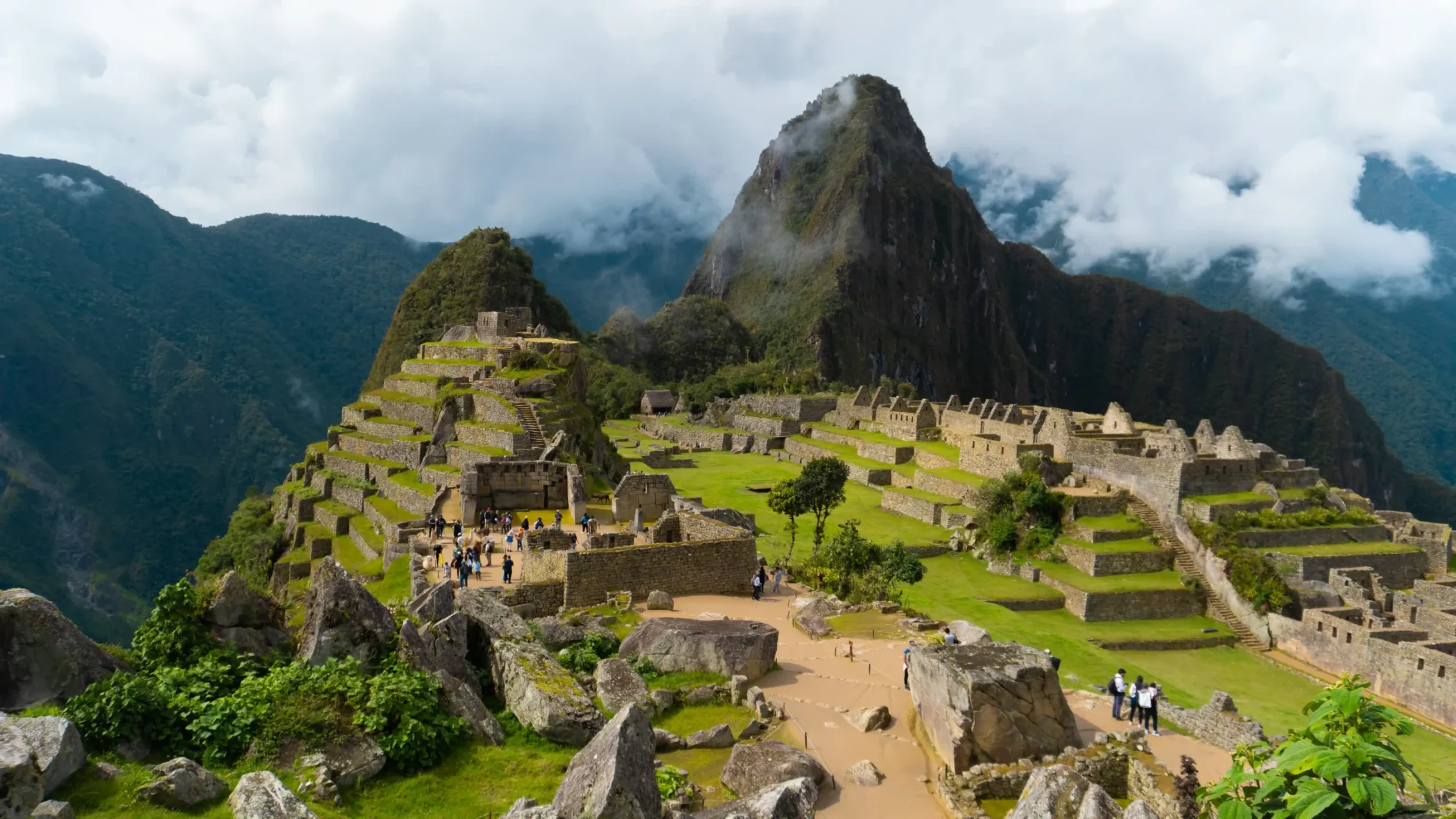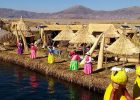The architecture of Machu Picchu clearly demonstrates the skill and practical knowledge of the Incas in building a citadel that efficiently integrates with the mountainous landscape of the Andes. Every element of its urban design reflects an understanding of the natural environment, while the construction techniques used stand out for their precision and functionality.
This archaeological site continues to be a subject of study and admiration, attracting the attention of archaeologists, engineers, and travelers due to the many aspects that still raise questions and interest.
The Construction of Machu Picchu: History and Planning
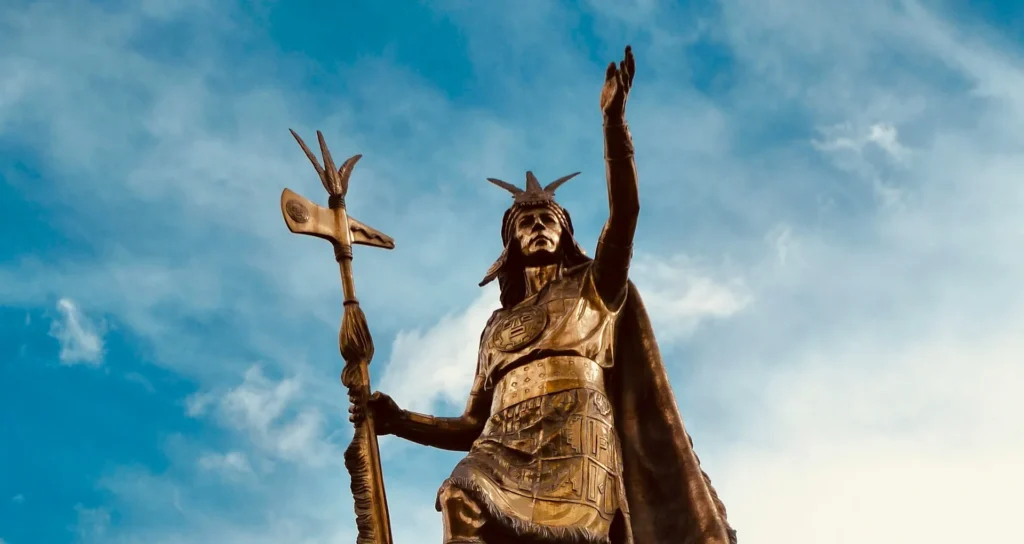
Machu Picchu, built in the 15th century during the reign of the Inca Pachacútec, is a testament to the advanced architectural and engineering knowledge of the Incas. Designed to perfectly integrate into the mountainous environment of the Andes, the citadel combines agricultural areas, with terraces to prevent erosion, and urban sectors that include temples and residences built with precisely fitted stones. Additionally, it features a sophisticated hydraulic system for drainage and water distribution.
Although its main function may have been as a royal retreat and religious center, the city was abandoned in the 16th century, possibly due to epidemics and the arrival of the Spanish. Its planning and construction techniques remain subjects of study and admiration.
Urban Design and Its Organization
Machu Picchu is divided into two main sectors: agricultural and urban. The agricultural sector includes terraces for cultivation and erosion prevention, connected by paths and stairs. The urban sector houses residential, ceremonial, and religious structures, such as the Temple of the Sun, built with mortarless stone blocks.
Furthermore, the citadel has an advanced hydraulic system of channels and fountains for water supply and drainage. This organization reflects a plan that combines functionality, social hierarchy, and spiritual connection with nature.
Ancestral Techniques in Construction
The construction of Machu Picchu would not have been possible without the advanced techniques used by the Incas:
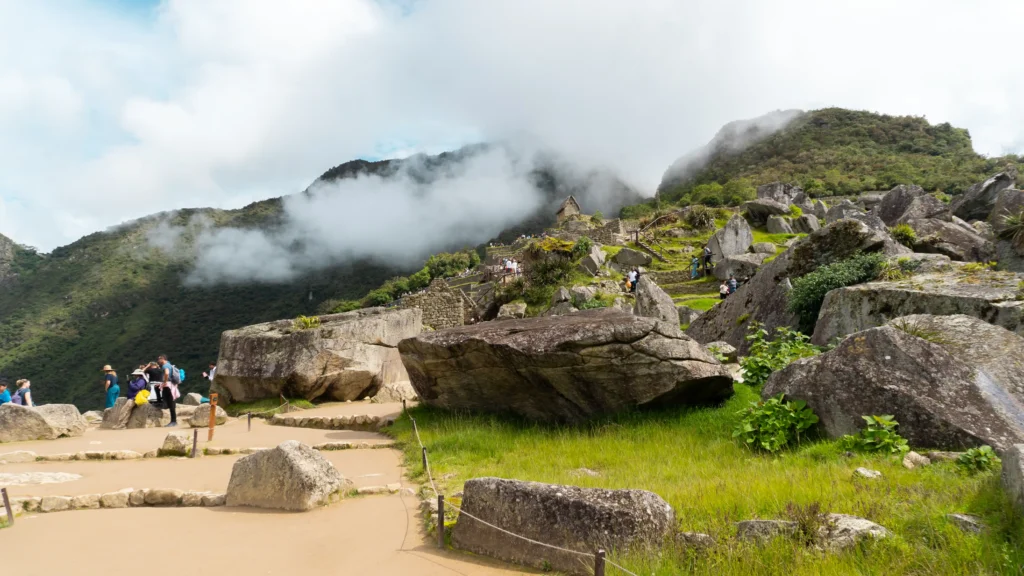
Working with Stone: Materials and Tools
The Incas primarily worked with granite, a material abundant in the region. To shape the stones, they used rudimentary tools made of copper, bronze, and harder stone. They employed techniques like friction wear and striking to achieve precise fits without mortar.
Other Materials Used in Architecture
In addition to stone, the Incas used wood and straw to build roofs and temporary structures. These materials, although perishable, integrated perfectly into the environment, maintaining ecological balance.
Notable Architectural Elements of Machu Picchu
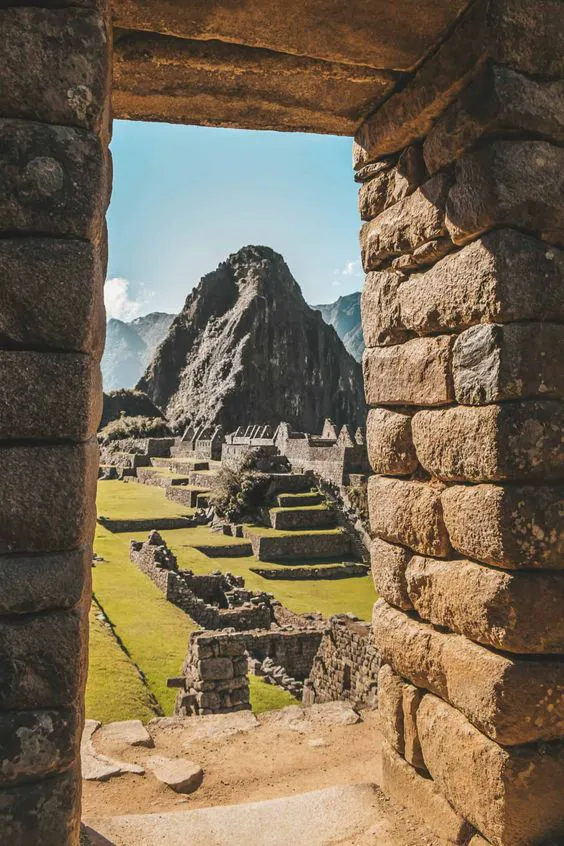
The Walls and Their Structural Function
The walls of Machu Picchu not only served to define spaces, but also had an essential structural function. Their trapezoidal design, characteristic of Inca architecture, provides stability against frequent seismic movements.
Doorways and Windows: Trapezoidal Design and Functionality
The trapezoidal doorways and windows are not merely aesthetic; this design reduces pressure on the foundations, preventing collapses.
The Roofs: Materials and Modern Reconstructions
Although the original roofs of Machu Picchu are not preserved, archaeological research suggests that they were made of woven straw over wooden structures, ideal for the rainy climate of the region.
The Agricultural Terraces: Engineering and Purpose
The terraces were not only spaces for cultivation but also ingenious systems to control soil erosion and manage water.
Drainage System and Climate Adaptation
The design included layers of earth, sand, and gravel that allowed for efficient drainage, preventing flooding during heavy rains.
Fountains and Channels: The Inca Hydraulic System
Water was distributed through a sophisticated system of channels and fountains that not only supplied the inhabitants but also had a ritual significance.
The Religious and Symbolic Architecture of Machu Picchu
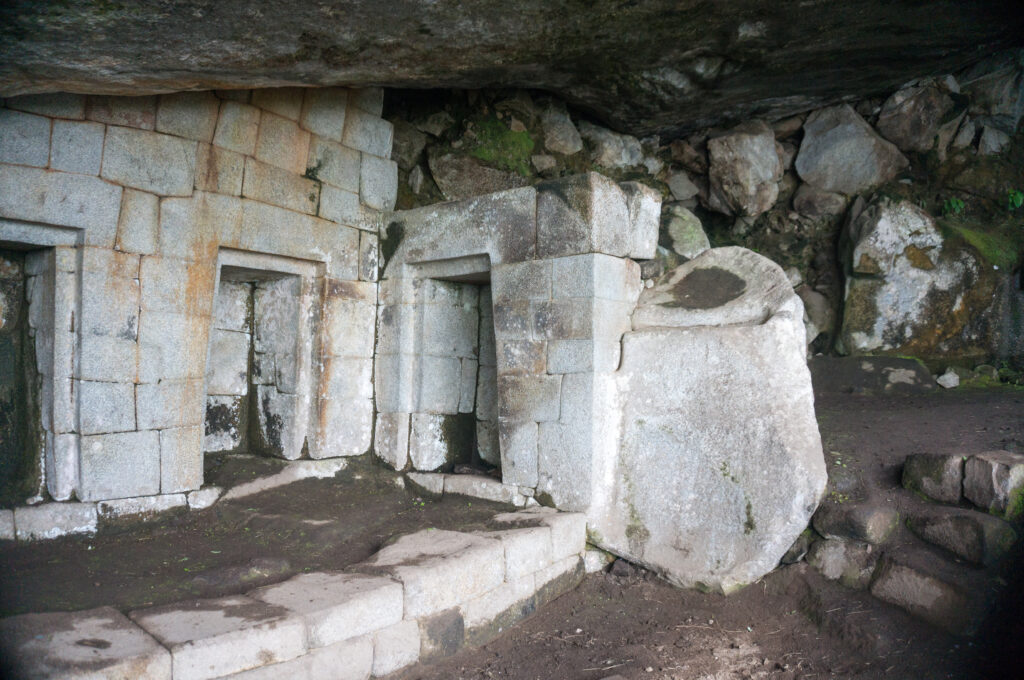
Temples and Sacred Buildings
The most relevant religious structures include the Temple of the Sun and the Temple of the Three Windows, which were used for rituals connecting the Incas to their deities and the universe.
The Intihuatana: Astronomy and Connection to the Sun
The Intihuatana, a precisely carved stone, was a solar clock that helped the Incas determine the seasons and organize their agricultural activities.
Symbolism and Astronomical Orientation
Many structures are aligned with astronomical events, such as solstices, reflecting the Incas’ connection with nature.
Innovations and Architectural Techniques of Machu Picchu
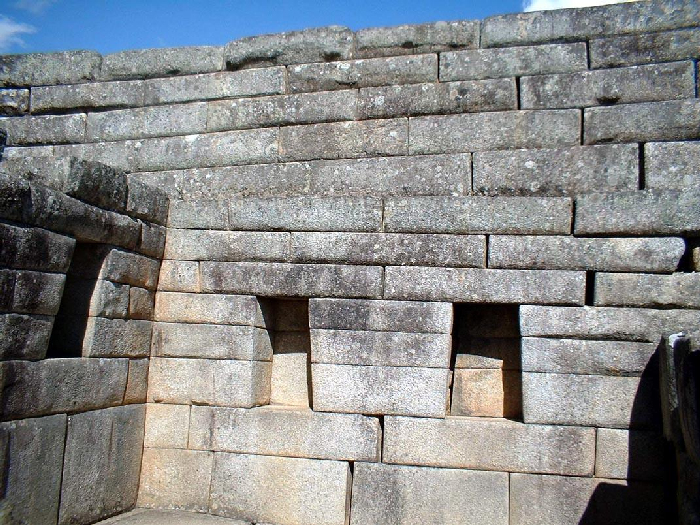
Construction of Fitted Stones Without Mortar
The stones of the Machu Picchu structures are perfectly carved and fitted without the need for mortar, allowing the buildings to be resistant to earthquakes, which is essential in a seismic region like the Andes.
Use of Natural Topography
The planning of the citadel took advantage of the geography and natural rock formations, integrating the structures with the landscape harmoniously, demonstrating an adaptation to the environment.
Astronomical Orientation of the Buildings
Some important buildings, like the Temple of the Sun and the Intihuatana, were aligned with astronomical phenomena, revealing the Incas’ advanced knowledge of astronomy and its relation to religious ceremonies and agriculture.
Trapezoidal Shape
The trapezoidal design of doors, windows, and walls provided additional resistance against earthquakes, becoming one of the distinctive features of Inca architecture.
Drainage Systems and Disaster Prevention
The Incas designed a sophisticated system of channels and drains to direct rainwater and prevent water accumulation in the structures. This helped prevent flooding and landslides.
Strength and Durability of the Constructions
Thanks to the quality of the materials and the precision in assembling the stones, many structures remain in excellent condition, withstanding centuries of natural wear.
The Location of Machu Picchu
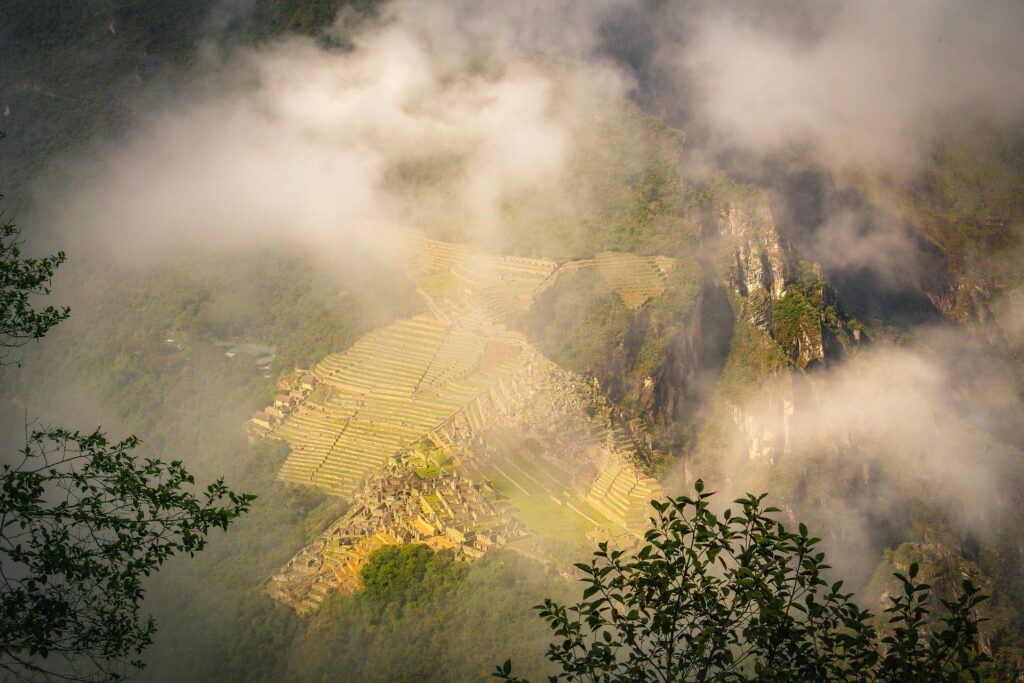
Architectural Impact of the Natural Surroundings
The location of Machu Picchu among mountains was not random. The Incas considered these peaks as sacred entities, integrating the landscape as an essential part of their architectural design.
The Symbolic Value of the Location
Machu Picchu aligns with the Urubamba River and other sacred mountains, reinforcing its spiritual and strategic importance within the Inca Empire.
Conservation of Machu Picchu: Preserving Its Legacy
Restoration and Maintenance
Periodic restoration work is carried out on structures that require repairs, using methods that respect the original construction techniques, such as using stones that match those from the area and employing traditional mortar.
Archaeological Research
The site is under constant study by archaeologists and engineers, who monitor its condition, conduct controlled excavations, and gather data to improve conservation strategies.
Current Challenges in Preserving the Architecture
The increase in tourism and the effects of climate change pose significant challenges. Authorities implement strict measures to regulate access and protect this World Heritage site.
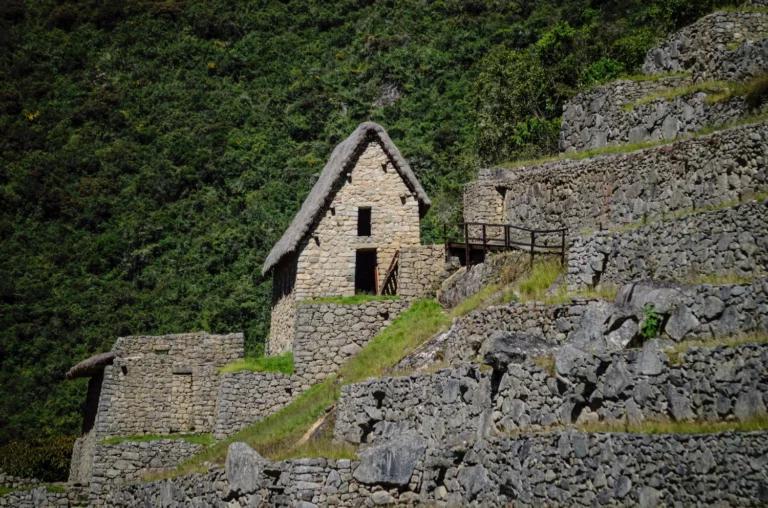
Frequently Asked Questions About the Architecture of Machu Picchu
How did the Incas manage to build Machu Picchu in the mountains?
The Incas employed advanced engineering techniques, such as terrace modeling and precise stone carving, to integrate their structures into the mountainous terrain.
What specific techniques made the architecture of Machu Picchu unique?
The techniques that made the architecture of Machu Picchu unique include the use of dry stone (stones fitted without mortar), precise stone adjustment, an advanced drainage system, the construction of agricultural terraces to prevent erosion, and integration with the natural environment.
How are the original constructions preserved today?
They are preserved through visitor control, periodic restoration with traditional techniques, monitoring and maintenance of the drainage system and agricultural terraces, ongoing archaeological studies, and awareness programs on the importance of their conservation.
